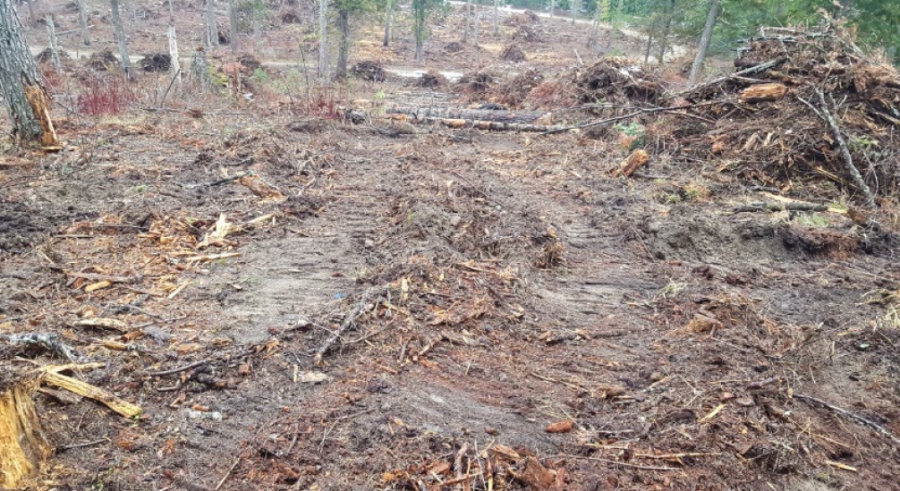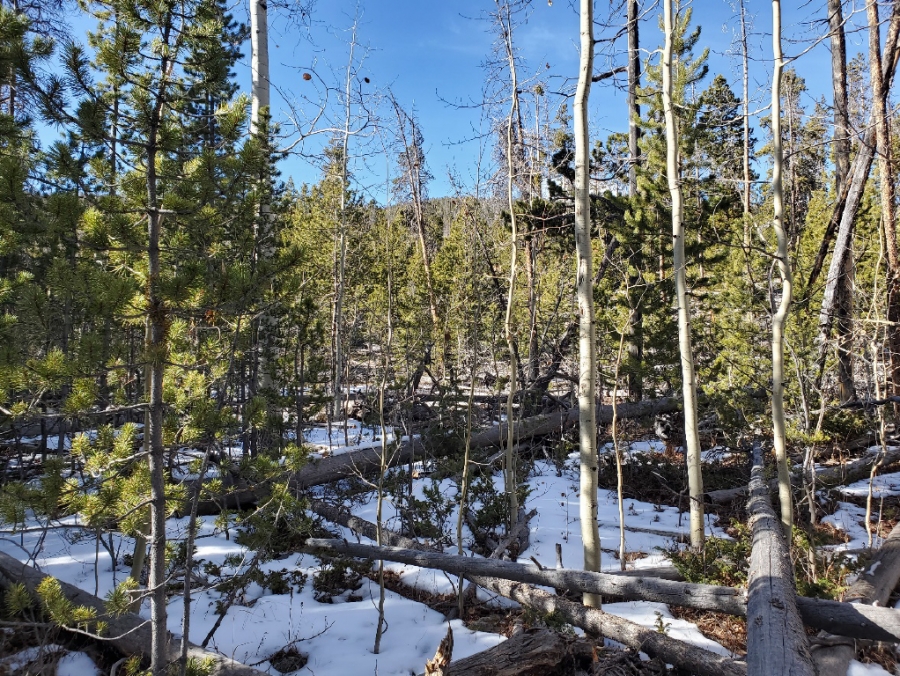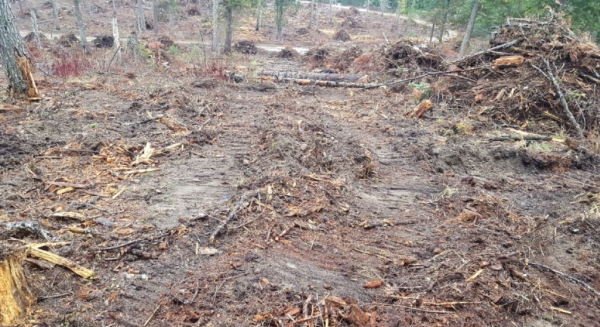Status
In March 2019, the Burnt Beaver Project was proposed by the Evanston-Mountain View Ranger District of the Uinta-Wasatch-Cache National Forest to improve big game habitat, reduce conifer encroachment in aspen stands, and manage the risk of hazardous fuel accumulations on National Forest System land. The project area is located in portions of the 111,276-acre High Uintas Inventoried Road Area (IRA) and 7,997-acre Widdop Mountain IRA. The purpose of this project is to improve forest health, wildlife habitat diversity, and resilience and resistance to catastrophic wildfire at a landscape scale (70,772 acres) by reducing hazardous fuel loads and regenerating aspen in conifer-encroached stands that resulted from previous natural disturbances and insufficient past vegetation management. In April of 2019 Y2U staff met with the District Ranger to discuss our concerns which were categorically dismissed by the Forest Service with a promise of “no mechanical treatment” in the Burnt Fork drainage. In November of 2019 Y2U staff visited the Burnt Fork drainage and discovered a map of the treatment area, which included a 150-foot-wide swath of “treatment” or cutting of all trees not occurring in a 14 ft. spacing prescription 2 miles up the drainage only stopping at the Wilderness boundary. In November 2019, Y2U submitted comments regarding the Forest Service's Burnt Beaver Restoration Project. In general, we can find no information that vegetation treatments actually reduce wildfire risk and the evidence we have seen indicates they have many negative effects. We are concerned that the young aspen, which are regenerating in so many areas along this trail will be cut or burned, setting back the already occurring recruitment by a decade or more. We are opposed to any cutting or burning of aspen or removal of the downed or dead trees in these aspen stands as the project area is already good wildlife habitat. The apparent result of the treatment would be the decimation of aspen in the already healthy stands. We are concerned that the mechanical “piling” of freshly cut trees (slash) and/or deadfall will compact the soil, cause soil loss through erosion, add excessive amounts of sediment to the stream, remove critical wildlife cover and habitat, and open up the drainage for illegal ATV/OHV use. The burning and mechanical movement of downed wood will damage soils. We are unsure what means will actually be used and to what extent.
See attachment below for full comments.
Work Plan
- Y2U has asked for a meeting with the District Ranger to go over our concerns.
- Y2U will continue to monitor the impact of this project on wildlife and habitat.
- Y2U is considering seeking legal representation to challenge the Categorical Exclusion of the NEPA process for this and several other “vegetation treatment” or “fuels treatment” projects.
Expected Outcome
Unknown at this time.



